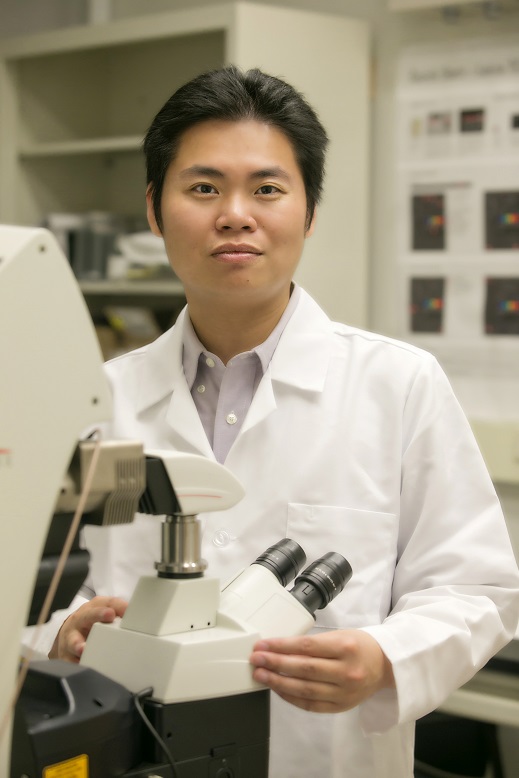Big ideas are important, but knowledge determines research success
By SIMON CHANG
What makes research successful? 
An ingenious idea, an inexhaustible information source, an aggressive research environment, the right selection of powerful equipment … I’m very certain everyone has their own answer in mind.
When I was a graduate student, I thought that an ingenious idea was the most crucial part of successful research. I truly believed that the ingenious idea would eventually work out – it was just a matter of time.
But we live in a very competitive world, where many groups might work on the same or similar research projects. Time is too luxurious to spend.
It turns out knowledge is a more powerful tool, because it can help you minimize the time you spend researching an idea and translate an idea to practical and meaningful action.
Knowledge can help you design efficient experiments that can answer multiple questions at once. Knowledge can help you choose the right equipment to characterize your experiment. Knowledge can help you appropriately interpret the data, and help you give the correct statement based on the results.
After I started my position in the Thermomechanical & Imaging Nanoscale Characterization (ThINC) Facility, I truly recognized the importance of knowledge – and how I can use it to help other researchers on their research projects.
ThINC is a core facility of the Advanced Energy Research and Technology Center, housing several advanced analytical instrumentations. We provide services including thermal-mechanical characterizations, multiscale microscopic imaging and relevant sample preparation. My job is to provide knowledge from the perspective of the characterization equipment.
It’s not surprising that our facility users have excellent ideas, but don’t always know what equipment can be used to answer their questions. It’s common that users underestimate (or overestimate) what they can obtain from such equipment; it’s also common that users don’t interpret the data appropriately, or know how to interpret it at all.
Most people might think characterization is straightforward – a certain sample will give a certain result – but it’s actually more complicated than that. How samples are prepared, how equipment settings are used, how you interpret the data – all of that will determine how the results will look.
These situations are all big research obstacles. I have been in this position more than eight years and the job is filled with challenges like this – but I enjoy providing expertise to help users fulfill the step of characterization, one of the most important factors in research success.
